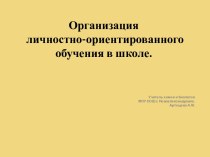Слайд 2
Цель: познакомить учащихся с главными событиями истории
России;
развивать навыки монологической и диалогической
речи;
формировать лексические и грамматические навыки;
воспитывать чувства патриотизма и гордости за свою
Родину;
воспитывать культуру речи;
формировать мировоззрение.
Оборудование: компьютерная презентация по теме:
«Путешествие в историю России»;
компьютер;
проектор Epson;
экран;
магнитная доска.
Слайд 3
План урока
I. Организационно-психологический момент.
Приветствие учащихся.
Объявление темы, целей урока.
II.
Речевая и фонетическая зарядка.
Организация учебного разговора: учитель – ученик1
– ученик2 – ученик 20 по цепочке.
Организация парной работы.
III. Изучение нового материала.
«Путешествие в историю России».
A Trip to the History of Russia.
Слайд 4
The Beginning of Russia
Before Nestor's time the Russian
states were not united, and they were continually having
to fight against the tribes of the steppes or the pirates of the Baltic, who used to raid the Russians lands, destroy the cities, and go back to their own lands with their booty of goods and slaves. The cities were easily destroyed for, except for a few buildings of stone, usually churches, they were made of wood. The biggest cities were Novgorod in the north and Kiev in the south. Both were cities of merchants, built on the great river-road which led from the Baltic to the Black Sea and Constantinople.
About a thousand years ago, in a monastery in the depths of the great Russian forests, an old monk sat writing the first history of the Russian people. He called it «The Chronicle of Times Past», but we know it as «The Chronicle of Nestor».
Слайд 5
The Epic of the Army of Igor
A
famous Russian story tells of a war waged by
Igor, a Russian prince, against the Polovtsi, a fierce tribe from the steppe lands further east. Igor was in reality a foolish young prince who went to war to win glory for himself. His army was defeated by the Polovtsi, but he managed to escape. When he came back, the Great Prince of Kiev told him that he was a mere adventurer, and that he had no right to go to war without the permission of his overlord. In spite of this the minstrels at his court made up several byliny describing his adventures as though he had been very brave and glorious.
Слайд 6
The Polovtsi captured Prince Igor, and the Khan
wished to keep him at his own court, for
he had shown himself a mighty warrior. But Igor longed for Russia, and he soon managed to escape, pursued by the angry Khan and his army. And now, according to the story: «The wildgrowing steppe has swallowed up the Russians. Kiev groans with sorrow. Anguish fills the Russian land. The ravens do not croak, and the magpies do not chatter».
Слайд 7
The Christening of Russia
The Russian people became Christian
just under 1,000 years ago, when Vladimir, Prince of
Kiev, decided to join the Eastern Church of Constantinople. The Russians now call Vladimir a saint — the patron saint of Russia.
The Eastern Church called itself the Orthodox Church, which means the «right teaching» church, because it claimed to keep much closer to the teaching of the Apostles than the Roman Catholic Church did. At first the Orthodox Church used the Greek language for its services, as the Roman Catholics used Latin; but later each country used its own native language. Instead of a Pope or Archbishops as its leaders, the Orthodox Church has Patriarchs (Father-rulers), and there are now seven Patriarchs altogether. One of these is the Patriarch of Moscow, who is the head of the Russian Orthodox Church.
Слайд 8
The Tartars
The Tartars, or Tatars, were broad-headed, flat-
faced people who had settled in the lands of
Tartary in Central Asia, east of the Caspian Sea. They were so fierce and made such terrible raids into Europe that the name «tartar» has come to mean a savage person who is more than a match for other people. For hundreds of years the Tartar hordes used to gallop across the vast plains of the steppes to attack the cities of Russia and burn them to the ground.
Слайд 9
The Tartars did not stay in the Russian
cities, but they left officers in each city to
collect heavy taxes. Every year the Russian princes had to go to their conqueror. After Batu had died, the Tartar Khans did not mind much what the Russians did so long as they paid their tribute, and they left the princes to collect their taxes for them. The most successful tax- gatherers were the princes of Moscow, and the Tartars depended on them to collect taxes from the others. It was not until nearly 150 years after Batu had destroyed Kiev that the Russians were strong enough to dare to fight the Tartars. In the year 1380, a prince of Moscow called Dimitri roused the Russians to battle against the Tartars, and they won a great victory near the river Don.
The Golden Horde was still powerful, and the Russians went on paying tribute for a long time, until Ivan the Terrible finally defeated them.
Слайд 10
The Foundation of Moscow
The story attributes the
foundation of Moscow to the Suzdal Prince Yury Dolgoruky,
who was the son of the Kievan Prince Vladimir Monomakh. At that time the area where Moscow stands was one of the extensive possessions of the boyar Stepan Kuchka. Yury, who was Stepan's guest, became angry with him, and in his wrath ordered him to be killed. Later, he founded Moscow on the site of Kuchka's former possessions. The date of Moscow's founding is generally accepted to be 4 April 1147, when Yury Dolgoruky received his brother, Prince Svyatoslav Olgovich of Novgorod Seversky. This is the first record of Moscow in Russian chronicles.
Слайд 11
Ivan The Terrible
Ivan IV was only three when
he became the Grand Duke of Muscovy, or Moscow.
Under Ivan III Moscow had become strong and rich, and the most important city in Russia. But whenever there was no strong prince to rule Moscovy, the nobles, called «boyars», all quarrelled with each other, and each tried to get the most power.
In 1547, when Ivan was 17, he was crowned Tsar.
Ivan knew that to make Russia a strong state he must break the power of the boyars, and make the Tsar the only ruler; and he used some strange ways of doing this. On one occasion he grew so angry that, without telling anyone, he packed his treasures into sledges, left Moscow, and went secretly to a monastery a long way away. At last, when people found he was really gone, they were in despair, for without his firm rule there was no order in Moscow or anywhere in Russia.
Слайд 12
Peter The Great
Peter the Great is the best
known of the Russian Tsars. He was the first
Tsar to travel outside Russia, and to try and find out what was happening in the rest of Europe. While he was Tsar, Russia changed a great deal. She became more like other European countries, more prosperous, and less like the «barbarous land» which George Turberville had so disliked.
When Peter was only 24, he became sole Tsar of Russia. By then he was an enormously tall man, very strong, very determined, and with a violent temper. He had great dreams of making Russia as strong and prosperous as the European countries he had learned about. So he decided to visit these countries to find out what made them so prosperous.
Слайд 13
The Russians Defeat Napoleon
The great Napoleon, the most
famous general of his age, was defeated for the
first time, and his Grand Army no longer existed. Russia was saved by the determination of the Tsar, the cunning and patience of her great general, Kutuzov, the patriotism and self-sacrifice of her people, and above all, by the bitter cold of her terrible winter. The Russian people used to say that they had one general who could never be conquered: General Frost.

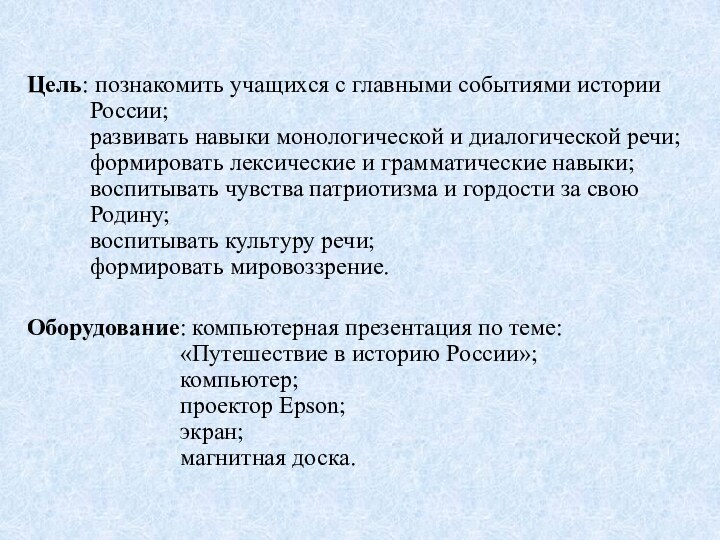




















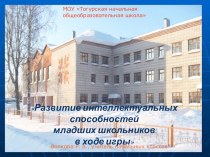
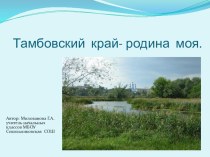



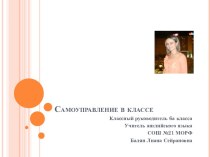

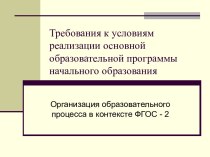
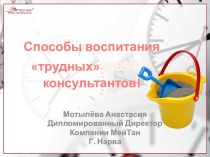


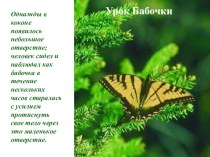

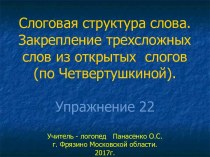
![Методика навчання української мови. Звук [ш]](/img/tmb/15/1412440/a56ee190982353f2b3e5e1ec67309d7f-210x.jpg)





